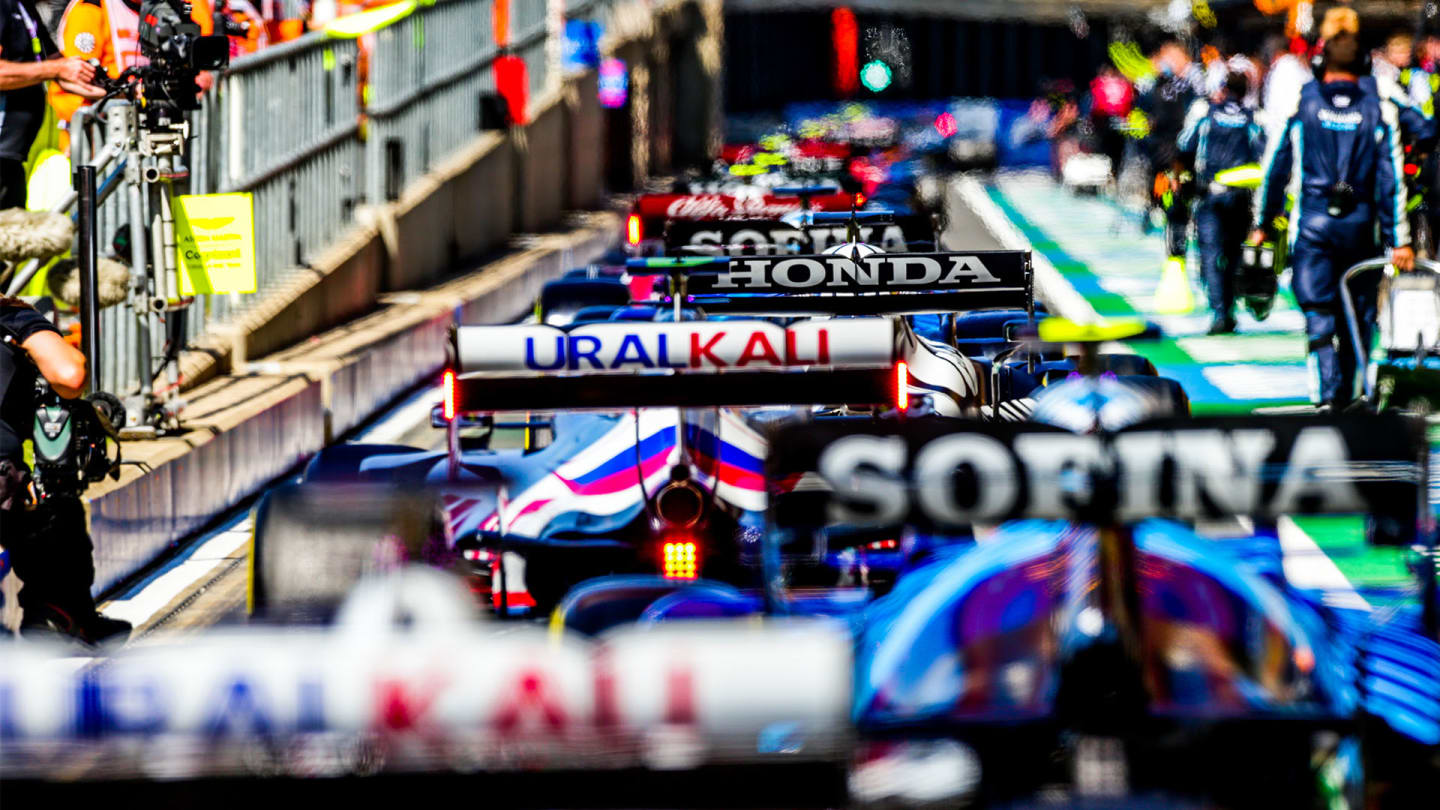
Feature
Pat Symonds on how Formula 1 are creating the next generation of 100% sustainable fuels

Share

Formula 1 and global partner ARAMCO are targeting an introduction of 100% sustainable fuels by the middle of this decade, as part of the move towards being Net Zero Carbon by 2030. It’s an ambitious target, but one which could have a huge impact on both the sport and the larger world of transportation. So, with the help of F1’s Chief Technical Officer Pat Symonds, let’s discover the challenges of creating a 100% sustainable fuel, why F1 thinks there’s still plenty more life in the internal combustion engine yet, and how exactly these fuels will be made.
Why announce this now?
Formula 1 will introduce a new power unit into the sport in the middle of the 2020s – and it’s a power unit that the championship wants to be fuelled by 100% sustainable ‘drop-in fuels’ (meaning there’d be no need to modify the engines to run on them).
2022 will already see the new generation of Formula 1 cars running on ‘E10’ fuel – a mixture of 90% fossil fuel and 10% renewable ethanol, which is already available to many motorists at petrol pumps throughout the world.
WATCH: How Formula 1 is striving to create a 100% sustainable fuel
Shifting from 10% renewable fuel in 2022 to 100% in only a couple of years is an ambitious target – but Pat Symonds claims F1 and ARAMCO are on track to achieve it.
“The thing that sets the targets is simply finding enough of the products that we need,” says Symonds. “There's plenty of ethanol around, it's easy to put that in. But when you start to go into these more complex molecules, there's not that much around and that's why the middle of the decade is realistic.”
F1's fuel of the future
So what are sustainable fuels – and how are they made?
Yes, it sounds good to say that F1 cars will run on 100% sustainable fuels – but what exactly do we mean when we say that?
F1’s sustainable fuels will feature an advanced component that comes from either a carbon capture scheme, municipal waste or non-food ‘biomass’ – and, most importantly of all, which will achieve greenhouse gas emissions savings relative to fossil-derived petrol of at least 65%. These fuels will initially be created on a small scale in a pilot plant to develop the methods that will then be suitable for mass production.
READ MORE: Engine freeze agreed for 2022 ahead of next generation power unit introduction
The type of ‘biomass’ you could use would include things like algae, agricultural waste and non-food crops grown on land that’s unsuitable for food production.
Symonds, meanwhile, is excited about the promise of carbon capture, even if the technology is still at an early stage.
“Carbon capture is a method that actually we're quite keen on,” he says, “because it takes the carbon directly out of the air. It’s in its infancy, but there are plants doing it; there’s some in Canada, there's one in Switzerland that's quite large, there's some in South America that are quite large. So it is doable, and I think in 20 years’ time, actually there'll be quite a lot of it around. But it is very, very experimental.”
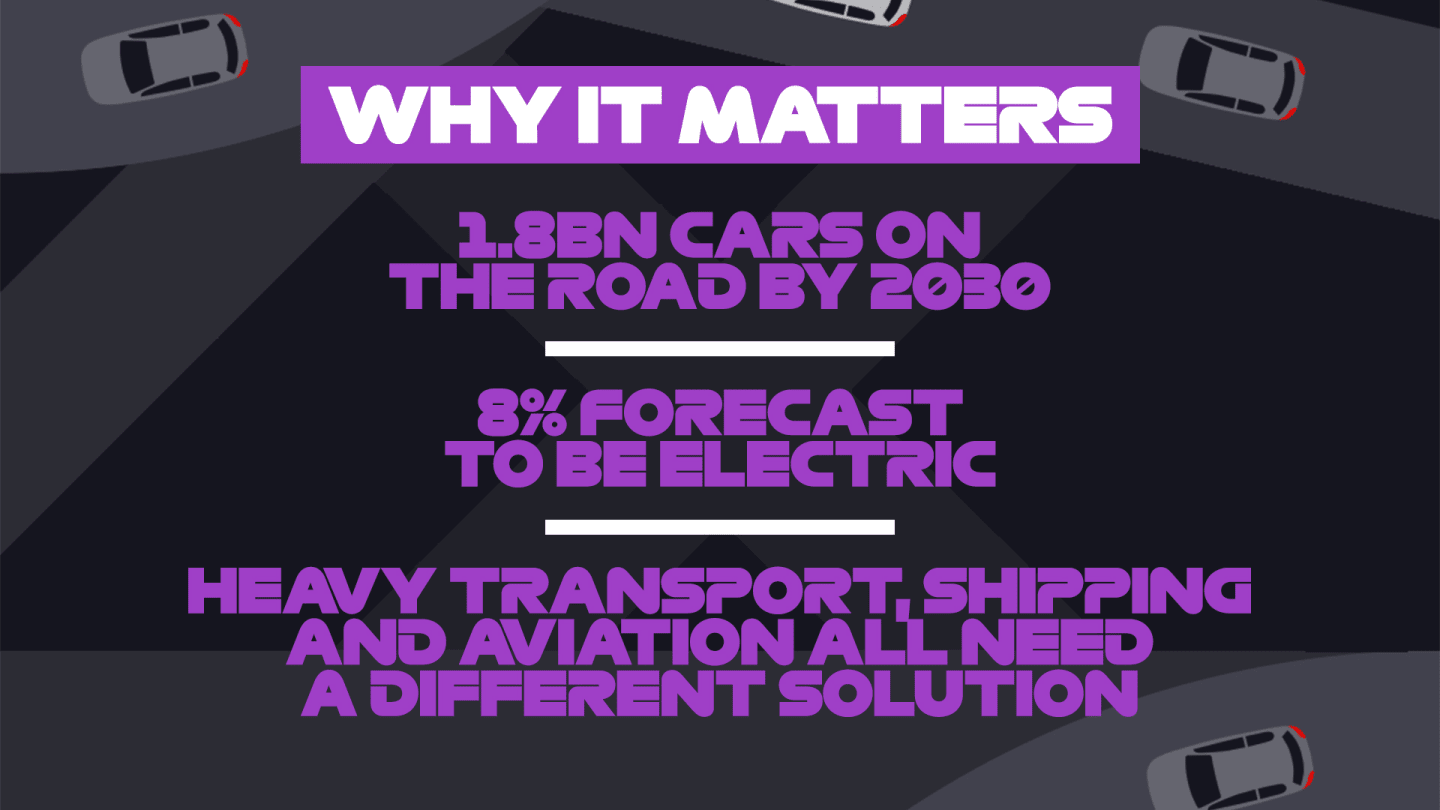
What are the challenges that F1 need to overcome in developing sustainable fuels?
Despite Symonds attesting that F1 are on track to achieve their target of bringing sustainable fuels into the sport, there are obviously challenges to overcome. The key one, apart from simply creating enough fuel to power the F1 grid, is creating a fuel with a punch worthy of the pinnacle of motorsport.
“It's very ambitious, in the scope of what we're trying to do, to make a very high-performance sustainable fuel,” says Symonds.
READ MORE: Formula 1 announces plan to be Net Zero Carbon by 2030
“Road fuels in the UK are with 10% ethanol now, and they have been in certain parts of Europe for a while. But ethanol is not the best fuel for high performance. So what we're doing is, we’re synthesising a high-performance, fully sustainable fuel, and that is something that is both difficult to do and hard to do in the quantities we need. So it is quite an ambitious stretch that we're making.”

The ‘energy density’ of the fuel is the key factor for a high-performance, sustainable fuel. But Symonds is confident that, when they arrive, F1’s sustainable fuels will pack at least as much punch as we have now.
“We currently have fuels which are about 44 megajoules per kilogram,” says Symonds. “They're very, very energy-dense. The alcohol fuels, like ethanol, are much less energy-dense, which means you have to have a greater volume of them if you want the same power.
READ MORE: 10 things you need to know about the all-new 2022 F1 car
“Motorsport is about power, but it's particularly about power density; we don't want huge cars with huge fuel tanks, we want small fuel tanks and a lot of very good quality, power-dense fuel in it. So we have to synthesise that, and that's not the easiest thing to do.”
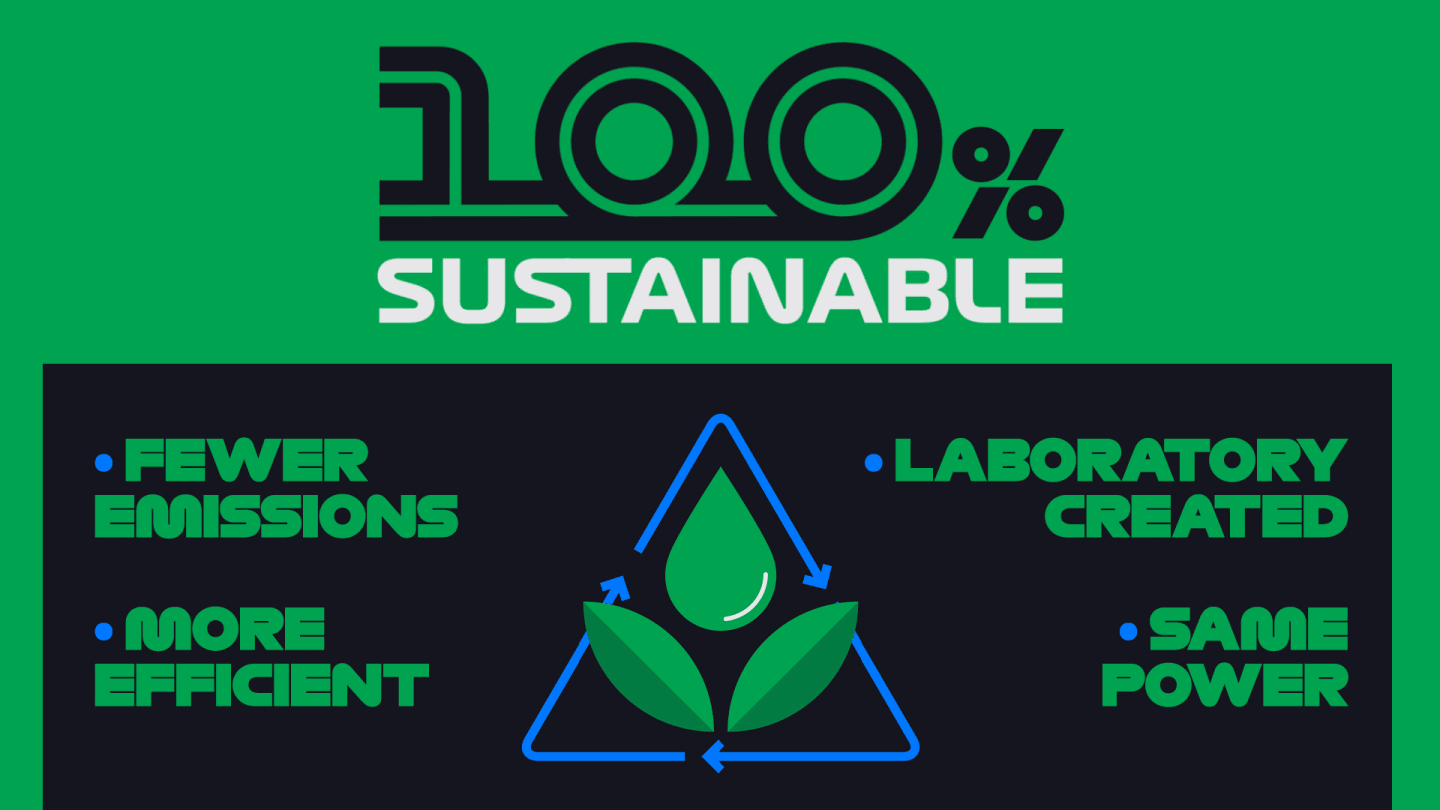
Why not focus on electric instead?
It won’t have escaped your attention that there’s currently a big push worldwide towards the electrification of cars, with a number of governments set to outlaw the sale of new, purely internal combustion engine-powered cars in the coming years. So why are Formula 1 pressing ahead with plans that would keep the ICE at the heart of the sport’s power unit?
“What's really important is that we're not anti-electric vehicle,” says Symonds when the question is put to him. “In my case, far from it; I actually think that for light vehicles in an urban environment, electric vehicles are quite good. They have some problems… but we're absolutely not anti-electric. And I think all engineers feel that electric vehicles are good in a small-ish vehicle, and an urban environment.
“Where they're not good is where you need a lot of power, and you need that power to not take up a lot of room. So when you get into the heavy goods vehicles, trains, aircraft, high-performance road cars – which may not be a terribly significant sector, but it's still one that's there – then it becomes important.”
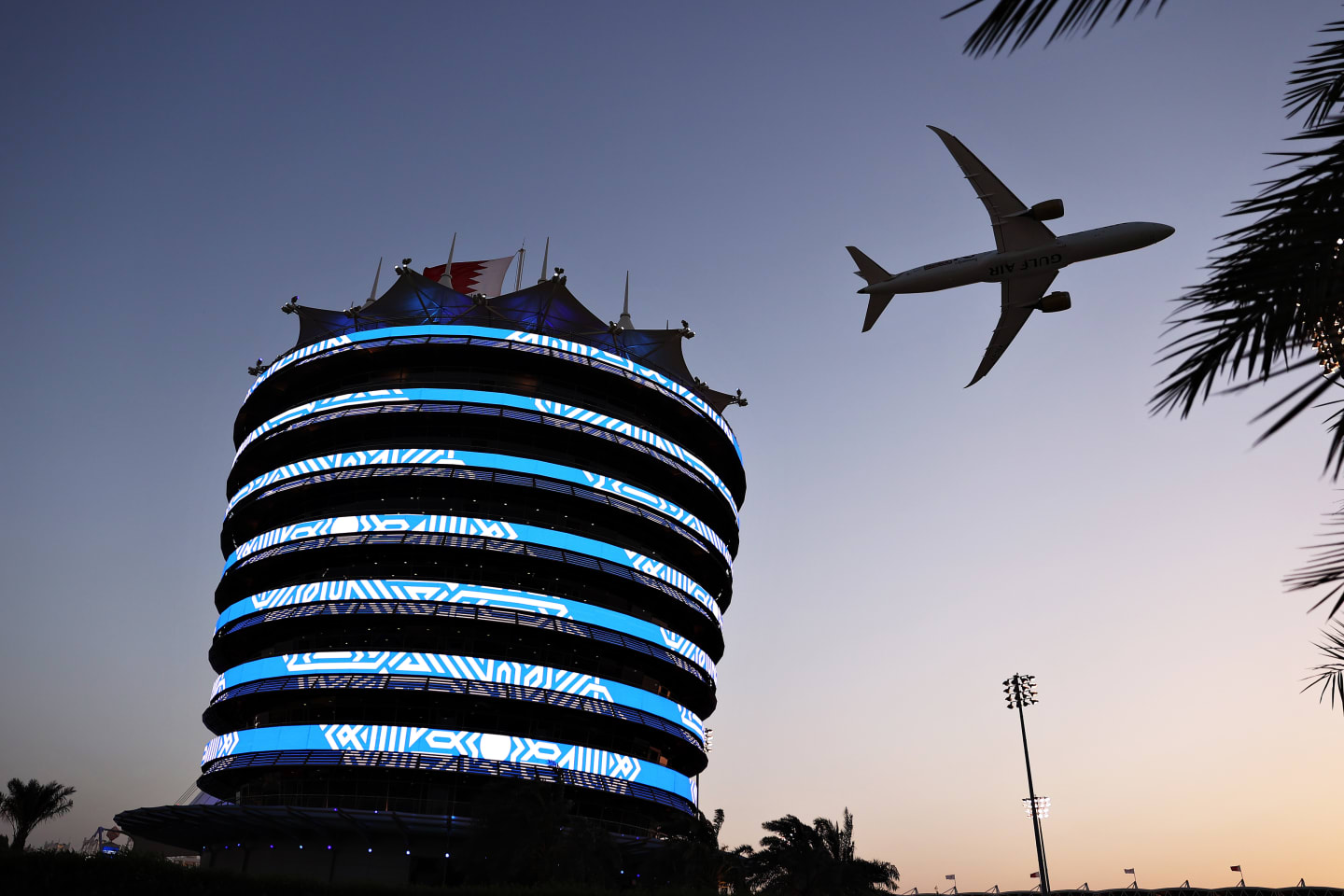
Symonds feels that sustainable fuels have a big role to play in the world of aviation
Full-on electric vehicles (Battery Electric Vehicles, or BEVs), meanwhile, are currently estimated to make up only 8% of the 1.8 billion cars predicted to be on the road by 2030 – leaving over 1.6 billion cars with an ICE element.
What’s more, a full life cycle analysis conducted by the Institute of Mechanical Engineers last year showed that a BEV powered by renewable energy would emit 58g/km across its whole lifespan (including mining raw materials for the batteries, eventual disposal of the battery and so on). That’s versus the 45g/km for a fully sustainable petrol-powered internal combustion engine car.
But if you’re still burning petrol, why are sustainable fuels less polluting?
Yes, burning sustainable fuels still creates carbon dioxide as a by-product. But crucially there’s no net CO2 produced by combusting sustainable fuels, as the CO2 created by them is already in the atmosphere, or would have ended up in the atmosphere anyway.
READ MORE: How Formula 1 will lead the charge to use biofuels
“It's a totally circular thing,” explains Symonds. “We're not producing any CO2 that is not already in the atmosphere at the moment; we're taking it out of the atmosphere, we're using it, and we're putting it back in the atmosphere.”
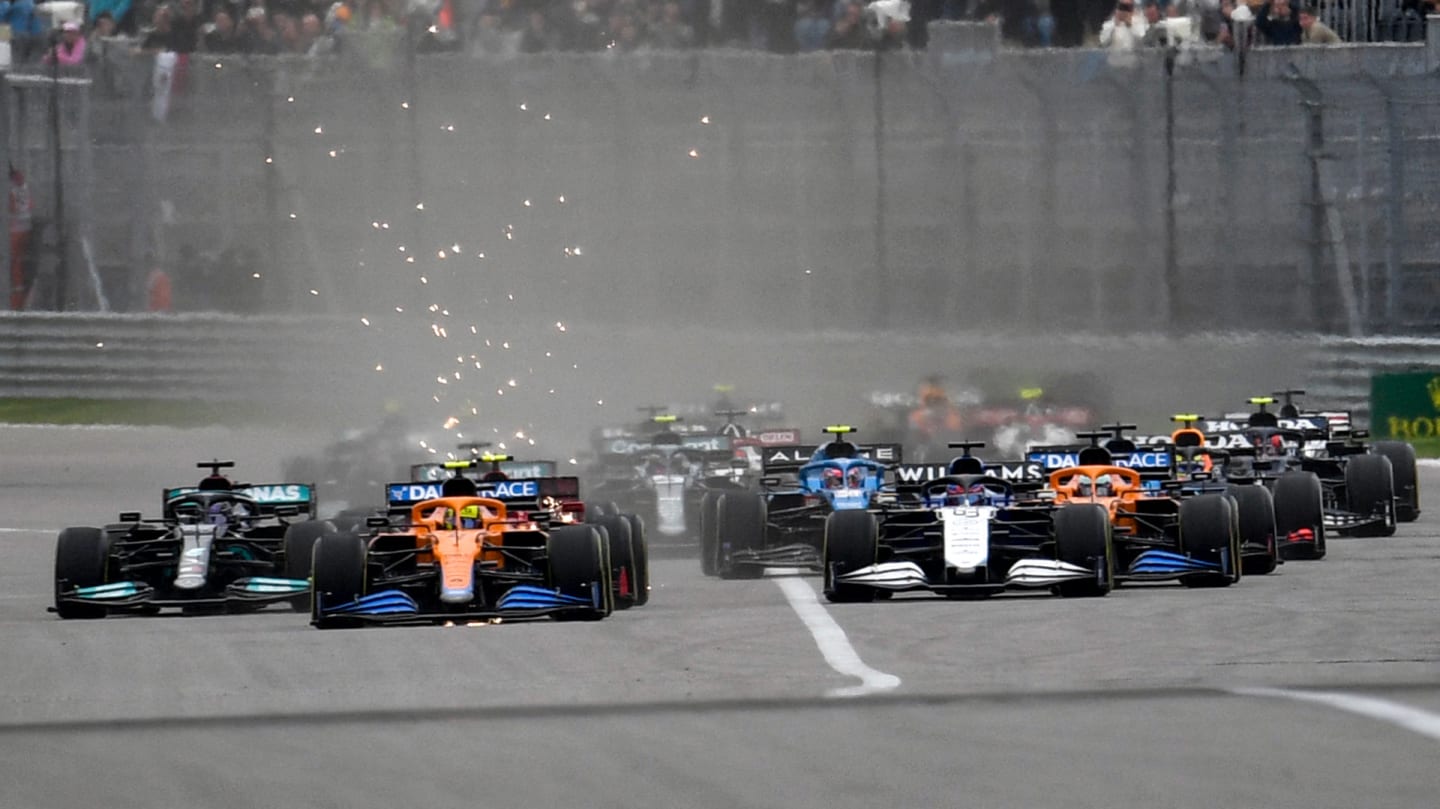
F1's 100% sustainable fuels will produce no net carbon dioxide
Why is this relevant outside of F1?
Formula 1 is currently working with fuel companies to help create the 100% advanced sustainable drop-in fuels, principally for the championship itself but with an eye on then scaling up production to make these fuels available for commercial motorists and the wider transport industry. And it’s a change that Symonds feels marks an important step for Formula 1.
“The techniques that we will hone and make more efficient and mainstream to produce our fuels are exactly the same techniques that can produce the fuel for trucks, for trains, for aircraft, even if those fuels are slightly different,” says Symonds. “An aircraft fuel for a gas turbine engine, it is a bit different to our fuel, but the technique of making it is essentially the same.”
READ MORE: Gulf Air complete low-emission fly past ahead of the Bahrain Grand Prix
F1's commitment to sustainability
Plenty of work still lies ahead for Symonds, his team and the fuel partners that will help create this new generation of 100% sustainable fuels fuels. But is Symonds excited about the engineering challenge that awaits him?
“Massively!” replies Symonds emphatically. “I love the creativity that engineering brings, but as F1 teams got bigger and bigger, I was becoming more and more of a manager and less of a creative person. And what I absolutely love about what I'm doing now is that we're really creative, we go back to first principles, we really study things.
READ MORE: For more on F1’s sustainability drive, click here
“What we need to do is to make sure that we keep pushing efficiency, keep using less fuel – and we will use considerably less fuel on the next generation engine – and just keep on with that journey that we've been on for 70 years in Formula 1 of just producing more and more efficient engines.”
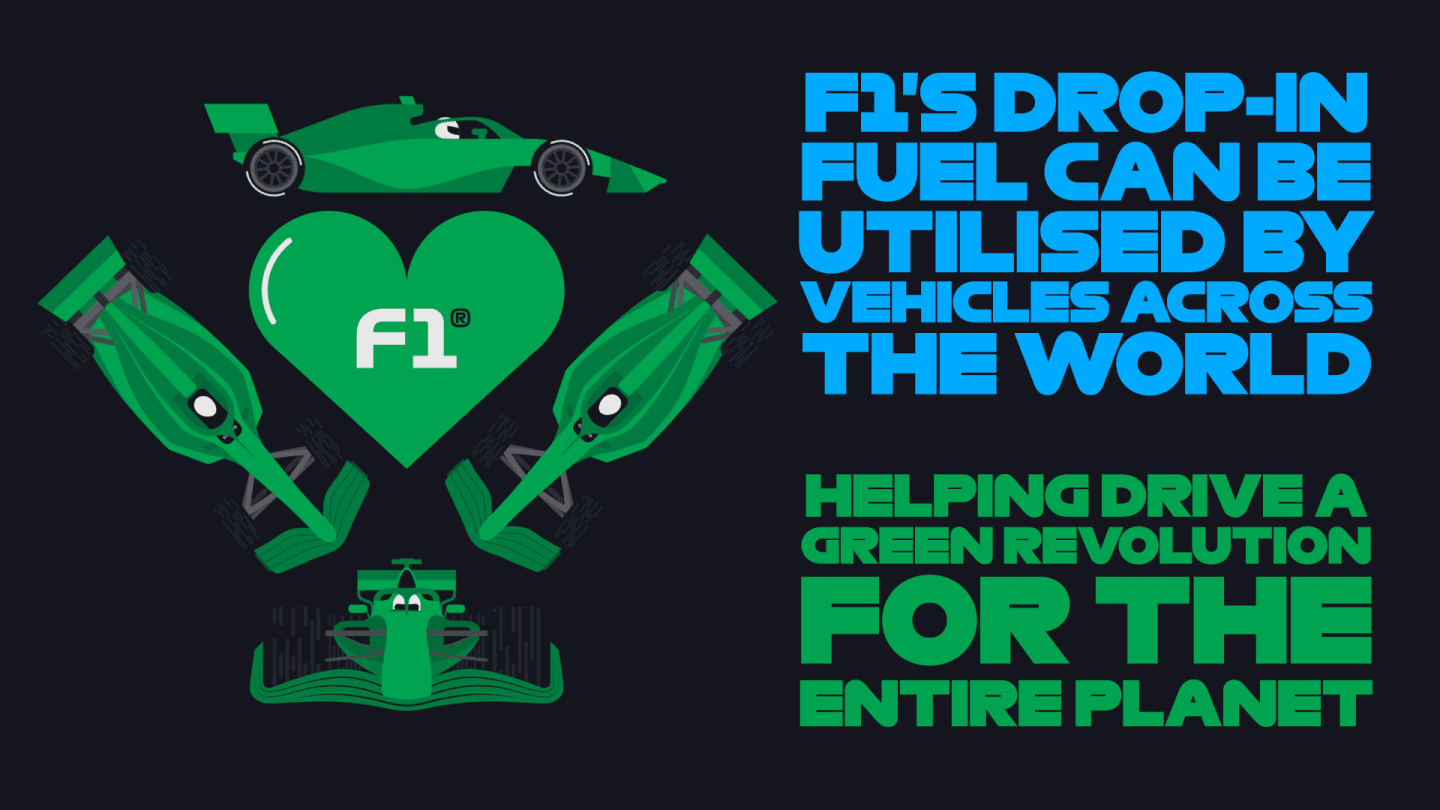
YOU MIGHT ALSO LIKE
Opinion HINCHCLIFFE: Why I’m so impressed by Norris’ unconventional and unflinchingly honest approach to his racing
News ‘It's all about patience’ – Bortoleto admits transition from F2 title winner to F1 backmarker is ‘not easy’
News F1: The Academy documentary series to launch on Netflix in May
News Minor refinements to 2025 regulations agreed at F1 Commission meeting
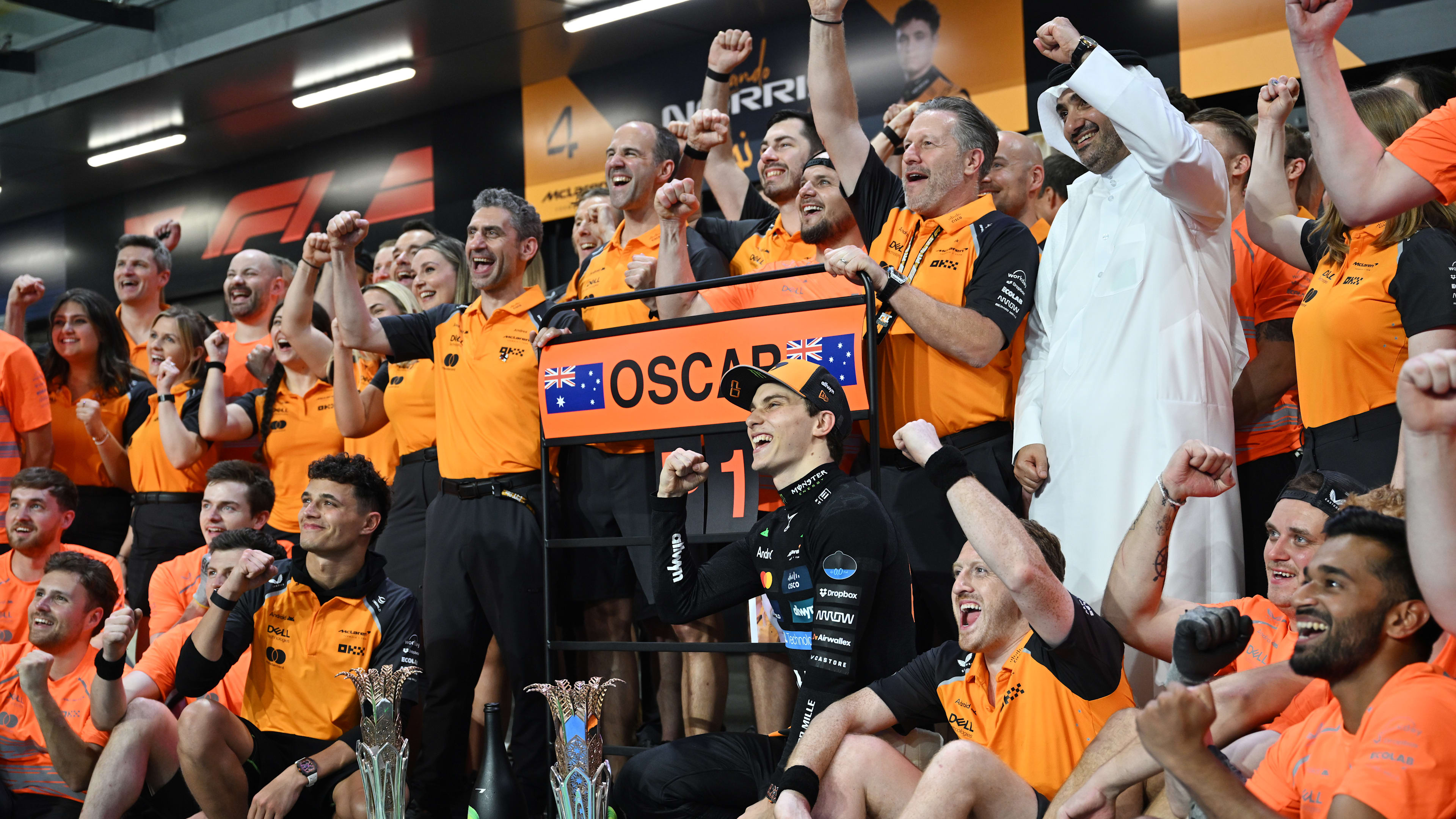



)